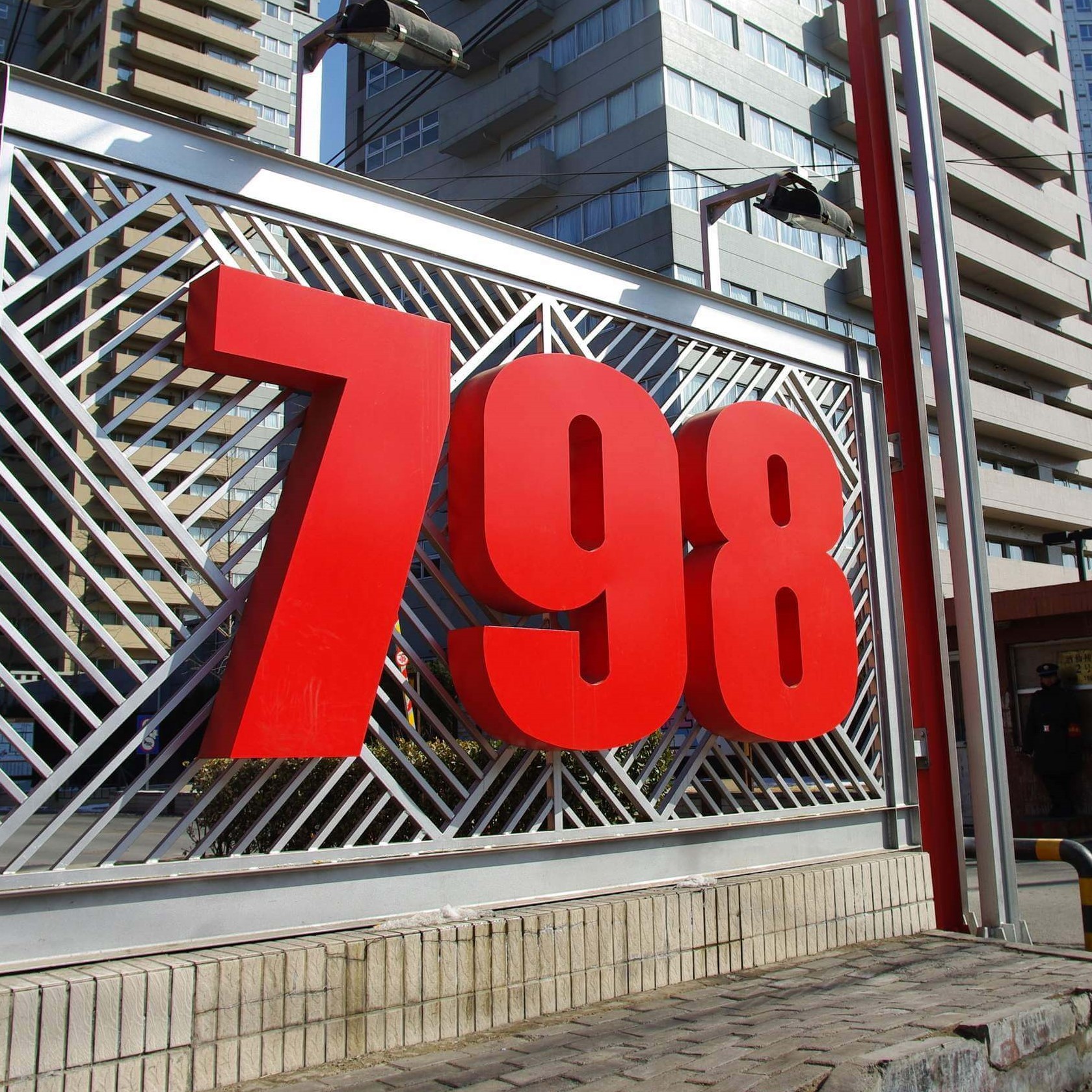Cultural Revolution Evidences on 798 Art District, Beijing
DOI:
https://doi.org/10.69598/sbjfa269321Keywords:
Cultural Revolution, Public Space, 798 Art DistrictAbstract
This article aims to study the historical evidence of the Cultural Revolution period and its influence on the use and management of the buildings in the 798 Art District. The methods of this qualitative research include data collection from field surveys, observations, and structured interviews as the main sources of data. Together with data from surveys and related documents, they are analyzed and classified based on the concepts specified in the research framework and objectives. Results show that remnants of the Cultural Revolution remain in the factory buildings, which are being conserved to retain the original atmosphere that has become a unique part of the 798 Art District’s identity. In the planning process, the management of the 798 Art District has developed a creative area and Art Learning Resources master plan, supported by the Chinese Government, to align with the urban design plan by the Beijing Municipal Commission of Urban Planning. The Contemporary Art Learning Resources master plan under the government’s cultural industry policies has greatly supported the 798 Art District project, as defined in the 12th National Economic and Social Development Plan (2011-2015). Additionally, the district has developed and connected with the creation of contemporary art roles, establishing an international network through the emergence of contemporary art spaces and centers within this art space.
Downloads
References
เขียน ธีระวิทย์. (2519). การเมืองและการปกครองของสาธารณรัฐประชาชนจีน. กราฟิคอาร์ต.
จิรวัฒน์ พิระสันต์. (2557). ชุมชนปฏิบัติการด้านการเรียนรู้ (Community of Arts Practice). ดาวเงิน.
ไชน่าเรดิโออินเตอร์เนชั่นแนล (ภาษาไทย). (2554, 4 กรกฎาคม). จีนเร่งพัฒนาอุตสาหกรรมวัฒนธรรม. ไชน่าเรดิโออินเตอร์เนชั่นแนล: CRI. http://thai.cri.cn/247/2011/07/04/242s187912.htm
บุญศักดิ์ แสงระวี. (2523). โจวเอินไหลว่าด้วยศิลปะ วรรณคดี ละคร และภาพยนตร์. กอไผ่.
ปิยะแสง จันทรวงศ์ไพศาล. (2552). ศิลปะจีนสมัยใหม่. สำนักพิมพ์แห่งจุฬาลงกรณ์มหาวิทยาลัย.
Art District. (n.d.). 798 Art District, Beijing. https://www.798district.com/
Beijing Institute of Urban Planning Committee. (2006). Beijing city planning and design history (1949-2005). Beijing Institute of Urban Planning Committee.
Chantarawongpaisarn, P. (2009). Contemporary of Chinese art. Chulalongkorn University press. [in Thai]
China Radio International [CRI online: Thai Version]. (2011, July 4). China speeds up development cultural industries. China Radio International: CRI. http://thai.cri.cn/247/2011/07/04/242s187912.htm [in Thai]
Dekker, R. (2011). 798 Art Zone Beijing: Site of ‘Cultural Revolution’ or Showpiece of City Marketing? [Unpublished master dissertation]. Faculteit Politieke en Sociale Wetenschappen, Universiteit Gent. https://lib.ugent.be/fulltxt/RUG01/001/790/567/RUG01-001790567_2012_0001_AC.pdf
Huang, R. (2008). Beijing 798: Reflections on “Factory” of Art. Sichuan Fine Arts Publishing House.
Phirasant, P. (2014). Community of Arts Practice. Dow Ngern. [in Thai]
Sang-rawee, B. (1980). Zhōu Ēnlái: on Art, Literature, Drama, and Films. Ko-phai. [in Thai]
Teerawit, K. (1976). People's Republic of China politics and government. Graphic Art. [in Thai]
Wong, A. (2010, December 10). China to further strengthen HK's role in 12th Five-Year Plan. International Business Times. https://archive.fo/WVSH

Downloads
Published
How to Cite
Issue
Section
License
Copyright (c) 2024 © by the Author(s) & Silpa Bhirasri Journal of Fine Arts.

This work is licensed under a Creative Commons Attribution-NonCommercial-NoDerivatives 4.0 International License.
The journal's editorial team does not have to agree with the views and comments in the author's article, nor are they responsible for the comments.











